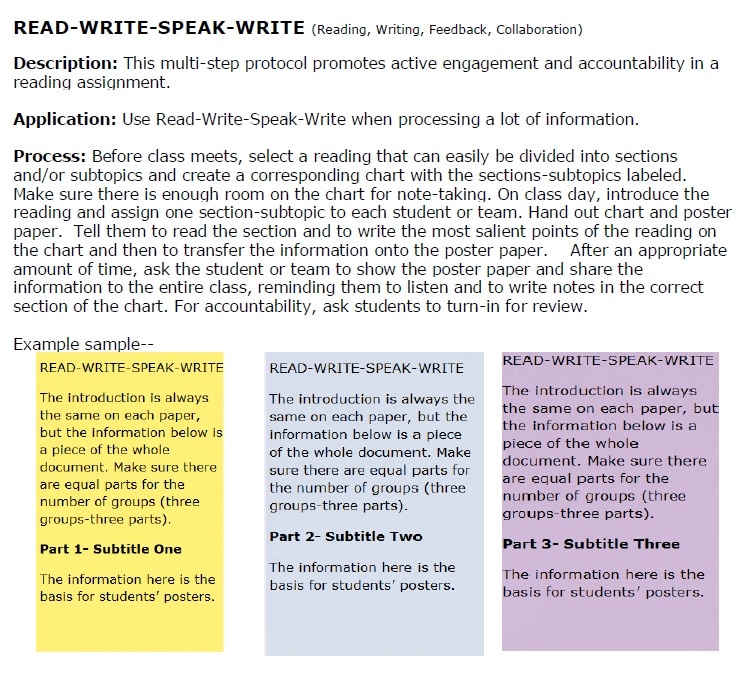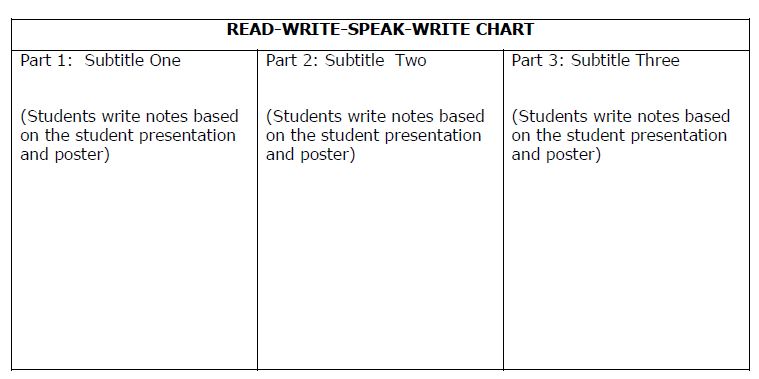|
Words are so powerful, just take the word informal. For many, informal means “casual” and casual means unplanned, off-the-cuff, and spontaneous. Following through on that thought, if the words “informal” and “assessment” are joined, there may be a misunderstanding that informal assessments are unplanned, off-the-cuff, and spontaneous too. Truly, to maximize time with students and to use informal assessments properly, deliberately planning informal assessments throughout the lesson is a must! When teachers insert an informal assessment before, during, or after a lesson, the first question that comes to mind is what is the purpose of the assessment? Is it to measure a student’s progress or to check understanding or to allow students to monitor their own learning? An informal assessment must have a primary purpose, otherwise, time is wasted! The protocol below is a standard in many American classrooms and if used properly, the K-W-L chart can provide mountains of data, for both teacher and student alike:
K-W-L CHART (Feedback, Writing, Discussion) Description: K-W-L, a classic graphic organizer designed by Donna Ogle, connects prior knowledge with new information for maximum learning opportunities. Application: This chart can be used as an assessment of learning. Process: Have a topic in mind before class meets. Direct the students to create a three column chart (Label column one “K,” column two, “W,” and column three, “L.”). Announce the topic and remind students to write the topic at the top of the paper. Give instructions and allow thinking time: 1) List everything they Know about the topic; 2) Write everything they Want to know about the topic and set-aside; and 3) after the lesson, reflect and write what they Learned about the topic. Ask students to be thorough in the last column and discuss answers and/or turn-in as an informal assessment. Ogle, D.M. (1986). K-W-L: A teaching model that develops active reading in expository text. Reading Teacher 39 (6), 564-570.
0 Comments
As a new teacher I mistakenly thought that if students were busy, learning was happening. Indeed, I was the queen of classroom activities and students seemed to learn and enjoy my class. In reality, however, my students were "busy," but not actively engaged and my scores proved it. I realized that "busy" wasn't enough! As a member of the early college system, I was challenged by these questions, Are my students reading, writing, thinking, and talking in my class everyday? Are they allowed to have experiences that include working as individuals, but also as a member of a group? Are they held accountable for their work or lack thereof? Consider looking at your practice through the lens of active engagement versus students just being busy. If you are anything like me, you will be amazed. The protocol below has all of the active engagement elements listed. Enjoy!
|
AuthorAlison Thetford, M.Ed CategoriesPast Posts
March 2024
|


